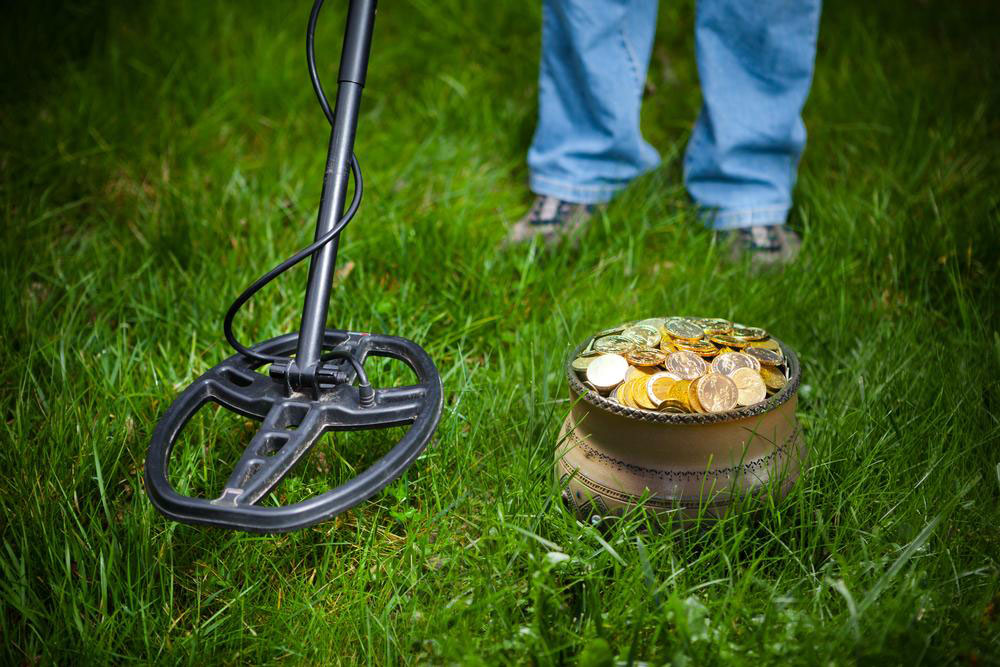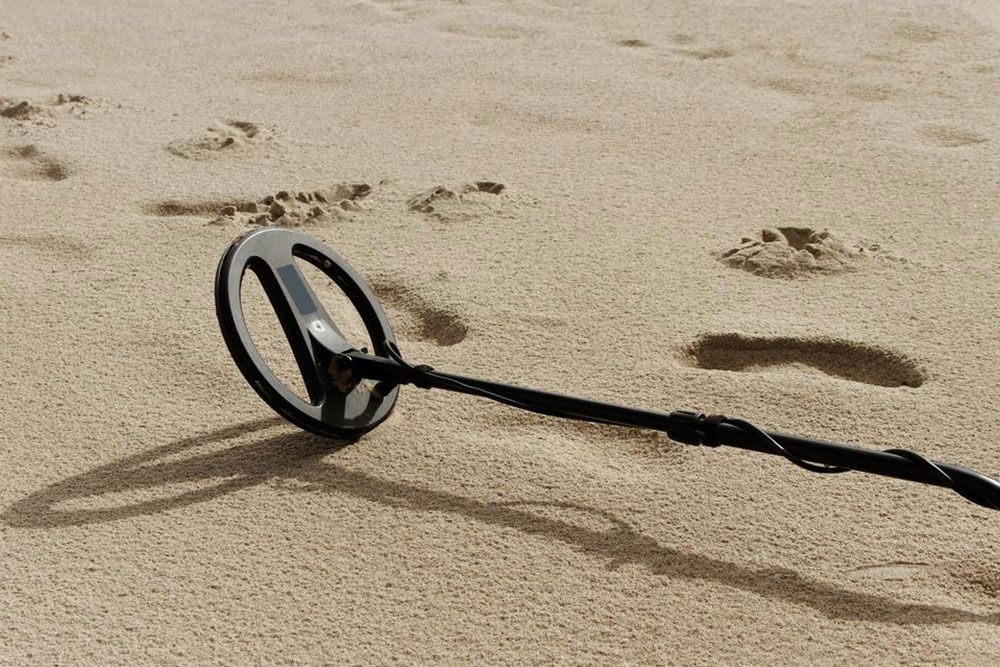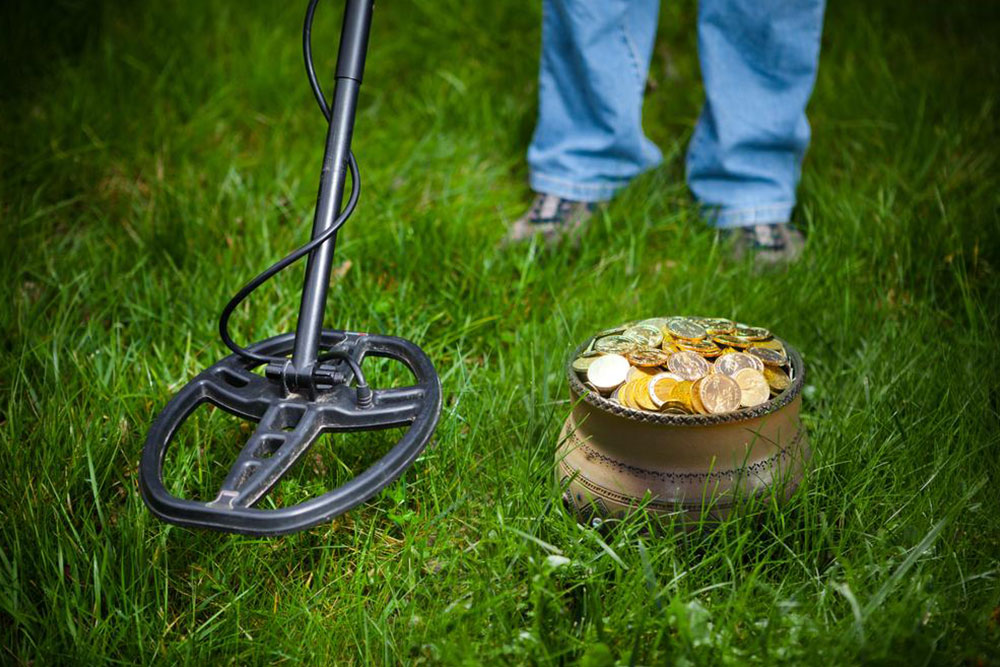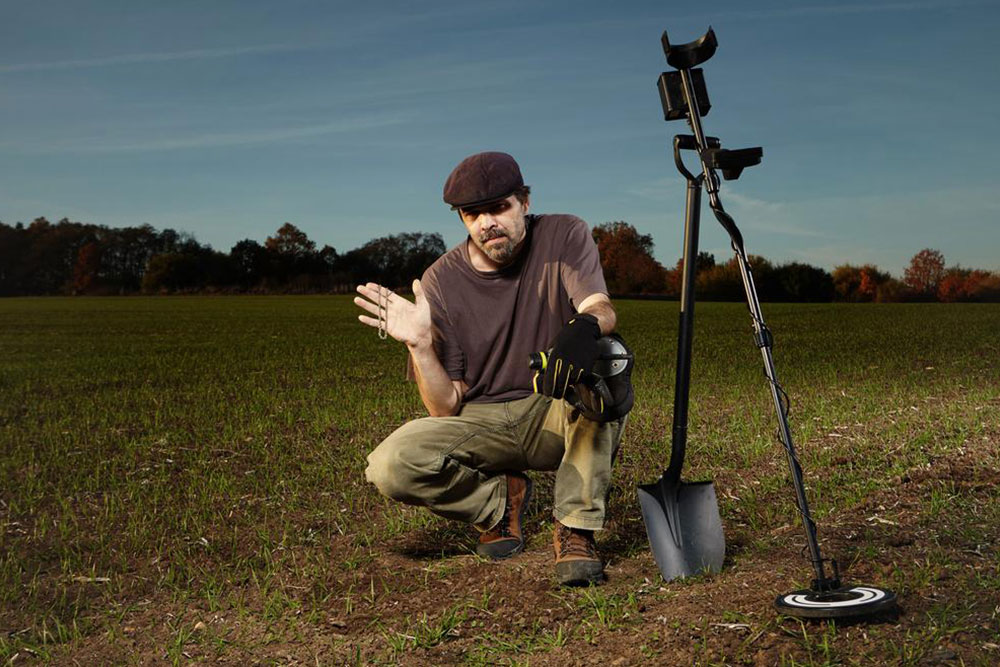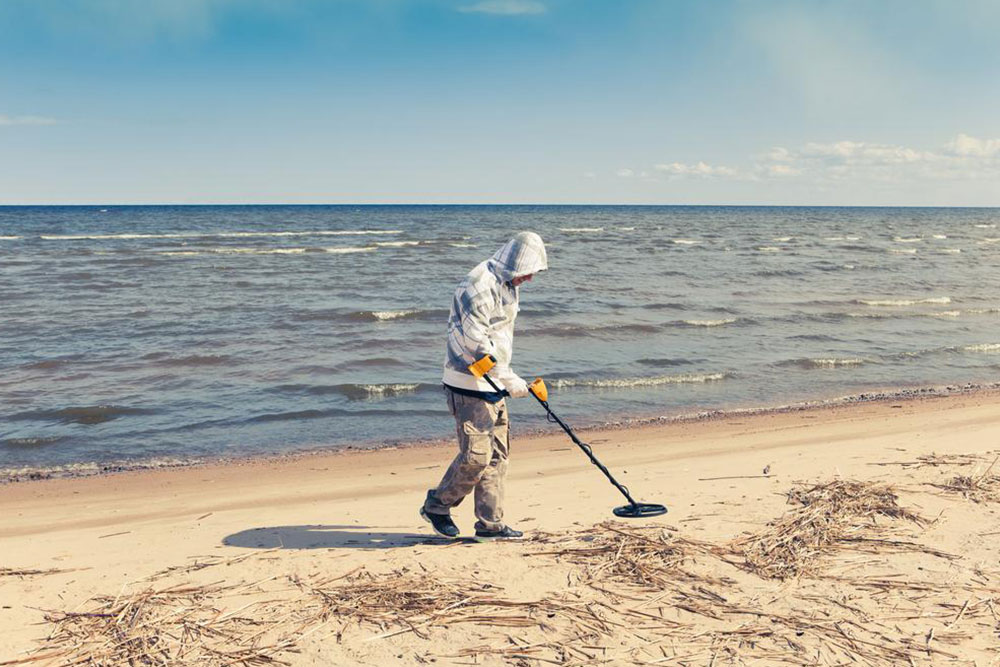Top Popular Activities Using Metal Detectors
Explore the diverse and exciting activities involving metal detectors, from coin hunting and gold prospecting to beachcombing and archaeological discoveries. This hobby combines adventure, history, and the thrill of uncovering hidden treasures, appealing to enthusiasts worldwide. Learn about different methods, tools, and tips to enhance your metal detecting experience in this comprehensive guide.
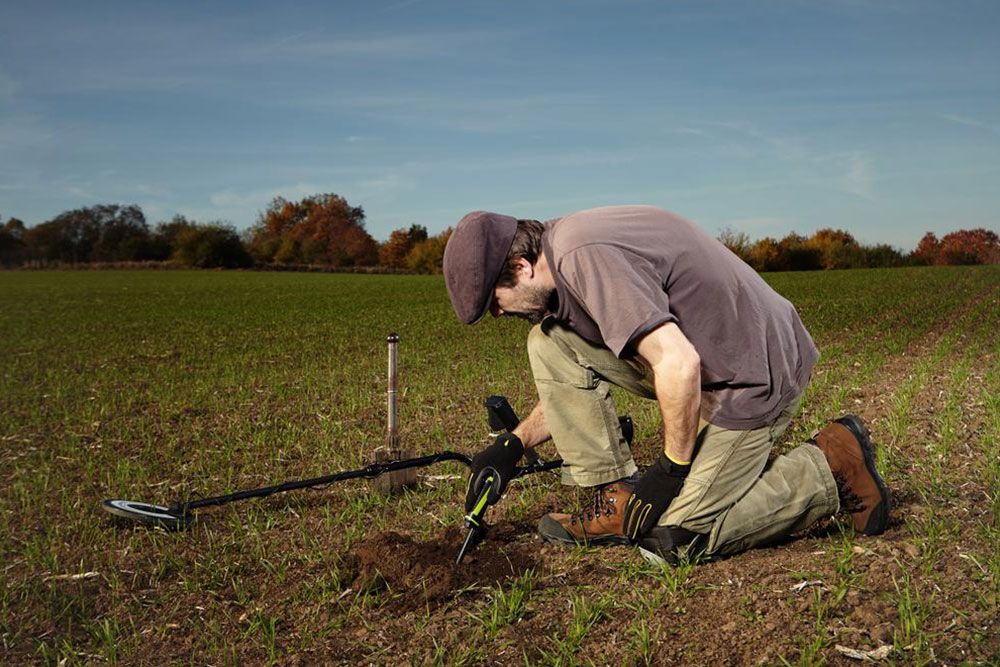
Top Popular Activities Using Metal Detectors
Engaging in metal detecting is a highly fulfilling hobby, blending exercise, relaxation, and adventure. Enthusiasts enjoy various forms of this activity worldwide. Each type offers unique experiences, from searching for lost treasures to exploring historical sites. Discover the most common metal detecting pursuits that hobbyists love to participate in and the thrill of uncovering hidden items.
Coin hunting
Coin hunting often takes place after events like sports matches, when many people search for lost coins. Hobbyists also explore sites for historical and collectible coins, combining recreation with research and discovery.
Gold prospecting
Gold prospecting involves using metal detectors to locate precious metals deep underground. It’s a fundamental step in geological exploration and is popular among hobbyists seeking gold, silver, or copper nuggets and flakes from natural deposits.
Object recovery
Many individuals use metal detectors to find misplaced or discarded objects such as mobile phones, cameras, or jewelry. Waterproof detectors are especially useful for retrieving items lost in water, including shallow lakes or beaches.
Beach searching
This activity involves combing beaches and shoreline areas for coins, jewelry, and artifacts. Beachcombers study tide patterns, currents, and seasonal changes to predict and find valuable or interesting objects washed ashore or buried near the surf.
Archaeological detection
This form of detecting focuses on discovering historical artifacts, such as coins, bullets, tools, and weapons. Enthusiasts aim to preserve and study finds, often in regions rich in history, especially across Europe and Asia, where finds are more abundant.

